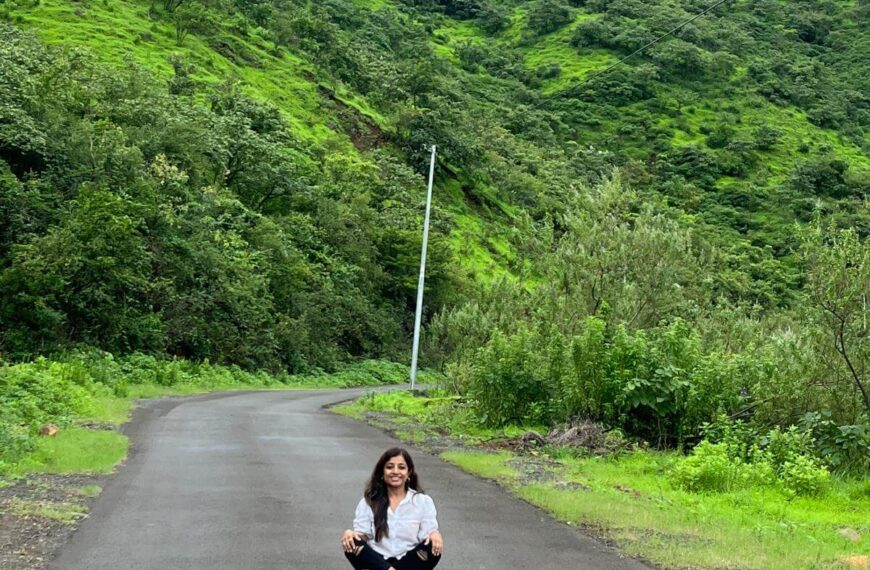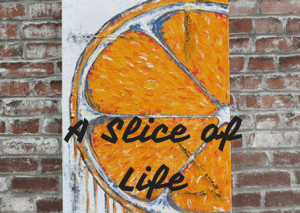 In Hooghly district of West Bengal, lie two nondescript yet idyllic villages, Kamarpukur and Jairambati. The two idyllic villages are the birthplaces of Sri Ramakrishna and Sri Saradamoni. Ruchira tells us about a visit to these two divine places, in the weekly column, exclusively for Different Truths.
In Hooghly district of West Bengal, lie two nondescript yet idyllic villages, Kamarpukur and Jairambati. The two idyllic villages are the birthplaces of Sri Ramakrishna and Sri Saradamoni. Ruchira tells us about a visit to these two divine places, in the weekly column, exclusively for Different Truths.
In Hooghly district of West Bengal, within a motorable distance from Kolkata, the capital, lie two nondescript yet idyllic villages, Kamarpukur and Jairambati. Had it not been for the two noble souls who were born here and later attained spiritual fame worldwide, these would be wallowing in obscurity even today. Yes, I am referring to Sri Ramakrishna Paramhamsa and Sri Sharadamoni, who was born in the two places in that order. In the year 1836, SRK (not Shahrukh please) was born as Gadadhar Chattopadhyay (nickname Gadai), in Kamarpukur. More than eighteen years later, Sri Maa (the divine Mother) was born as Sharada Mukhopadhyay, in Jairambati. Incidentally, the two villages are less than five kilometers apart. Though the couple spent a greater part of their lives in Dakshineshwar – a famous temple complex located north of Kolkata – yet the duo loved to sojourn in their native villages from time to time.
Last summer, when I was on a visit to Kolkata I determined to include the two sacred villages, in my itinerary. On a warm April day, a comfortable three-hour taxi ride from the metro brought us to Kamarpukur around noon. I was charmed by its soothing greenery. We headed straight to the three-chambered pretty little hut which used to be the Chattopadhyay’s’ family home. What a pity: the Ramakrishna Mission which administers and supervises these two tourist spots prohibits photography of any kind. So all we could do was rest on the grassy lawn near the cottage, and visualise in our minds, how the eccentric, semi-illiterate rustic youth led his daily life at this spot. Though at that point in time, his spiritual enlightenment was not manifest, yet the country folks for miles around were mesmerised by his pearls of wisdom. Bang in front of the cottages stands a sprawling mango tree, planted by Gadai as a teenager. A century and a half later, it remains a silent testimony to the human drama that was enacted here. While you are there do visit the Halderpukur nearby a huge, shady, placid pond, where Gadai used to bathe and occasionally play mischief on other bathers. His “Tol” (primary school) is a must-see, as is Laha Bhawan. It was the residence of the affluent Laha family, who were patrons-benefactors and family friends of the Chatterjees. If you wish, do visit the Local Ramakrishna Mission nearby.
In Jairambati, the most important place to visit is the Matri Mandir, a shrine devoted to the Holy Mother.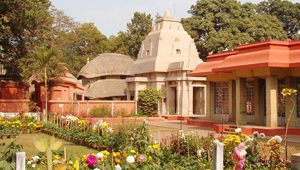 It marks the spot of her nativity. A specimen of the quintessential Bengali temple architecture, prevalent in earlier times, it houses a marble statue of Sri Maa, besides a prayer hall where the visitors can meditate and enjoy the serenity. Located in the vicinity are three huts – with mud plastered walls and thatched roofs – where Sri Maa stayed during various phases of her lifetime. Set amidst verdant gardens they are indeed picturesque. Situated a few yards away is the Singhavahini temple dedicated to Devi Jagaddhatri, the family deity of the Mukherjees. Maa Sharada would pray regularly at this shrine.
It marks the spot of her nativity. A specimen of the quintessential Bengali temple architecture, prevalent in earlier times, it houses a marble statue of Sri Maa, besides a prayer hall where the visitors can meditate and enjoy the serenity. Located in the vicinity are three huts – with mud plastered walls and thatched roofs – where Sri Maa stayed during various phases of her lifetime. Set amidst verdant gardens they are indeed picturesque. Situated a few yards away is the Singhavahini temple dedicated to Devi Jagaddhatri, the family deity of the Mukherjees. Maa Sharada would pray regularly at this shrine.
There exist adequate tourist facilities in and around these two places. You will find a number of eateries offering food and beverages at modest prices. You could even hire rooms for a few hours, at reasonable rates. In case you plan an overnight stay, suitable accommodation is yours. For a price of course.
Summing up, the dual destinations promise you a certain degree of spiritual upliftment and tranquillity amidst nature’s bounty – all in course of a day!
©Ruchira Adhikari Ghosh
Photos from the Internet
#Travel #MaaSharada #TravellingWestBengal #Kamarpukur #Jairambati #SliceOfLife

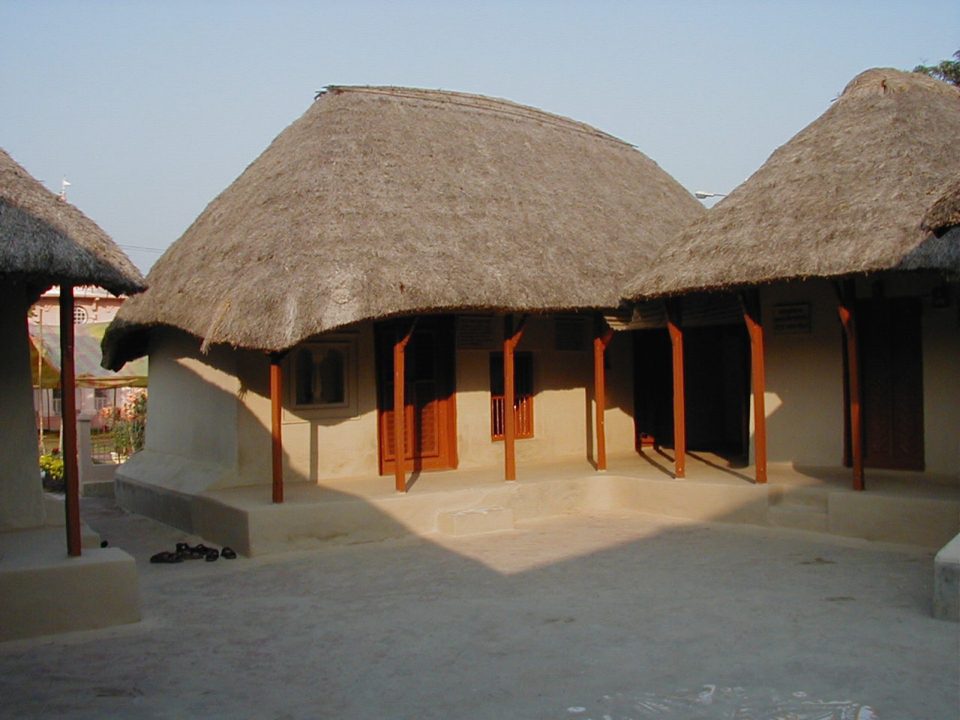

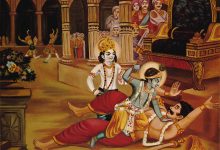
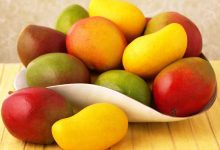
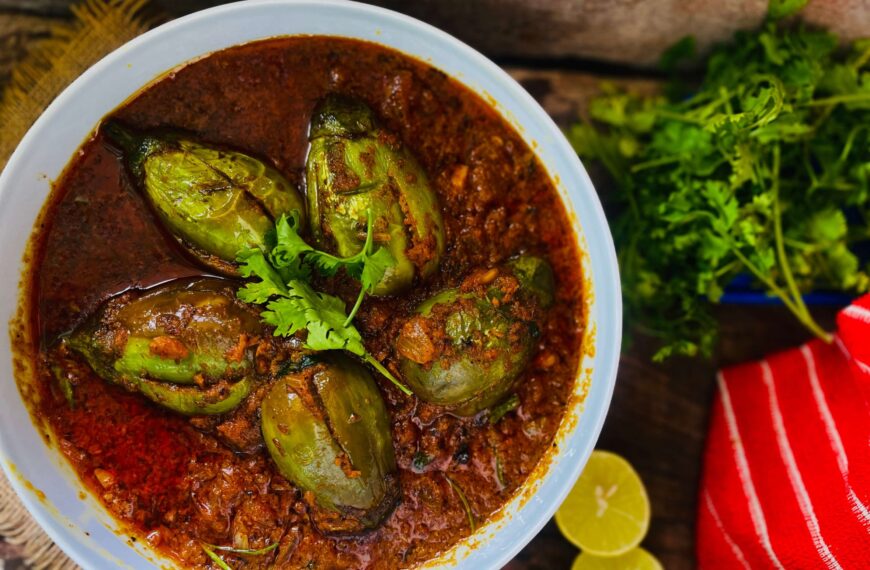

 By
By